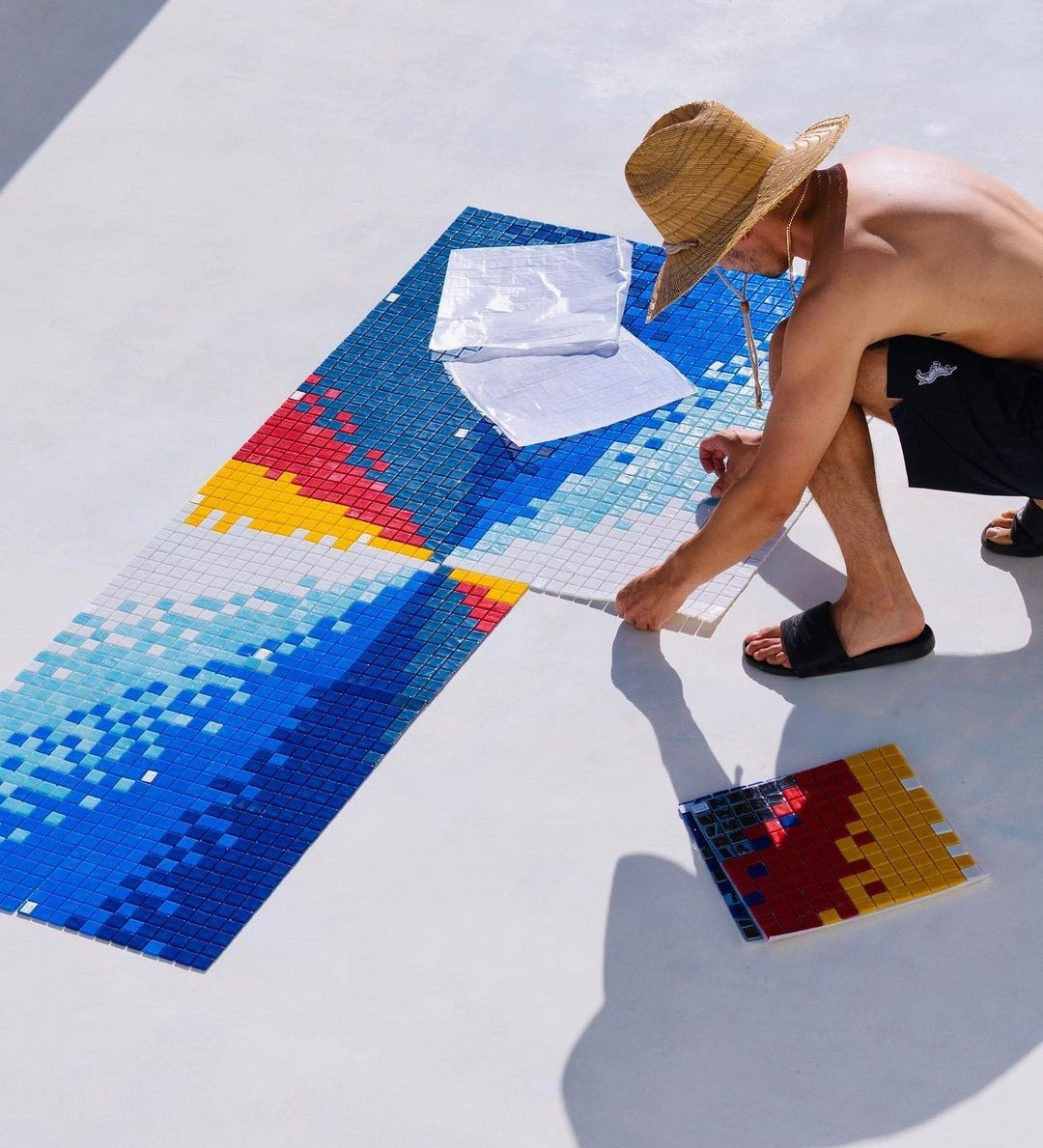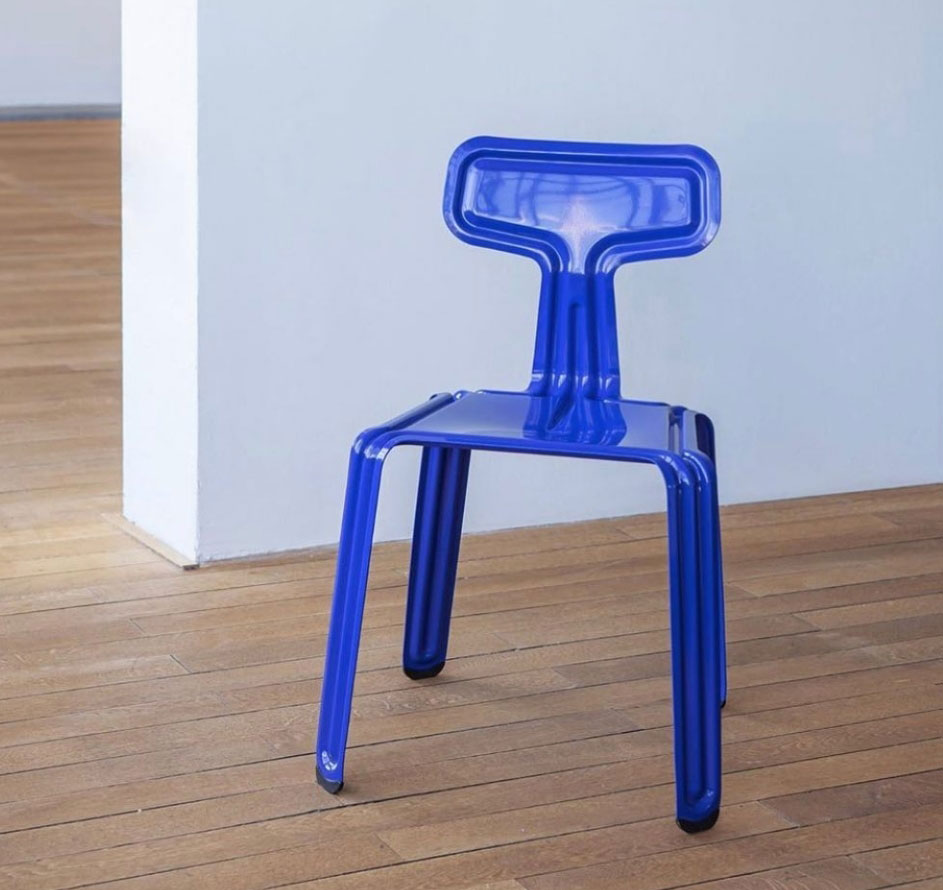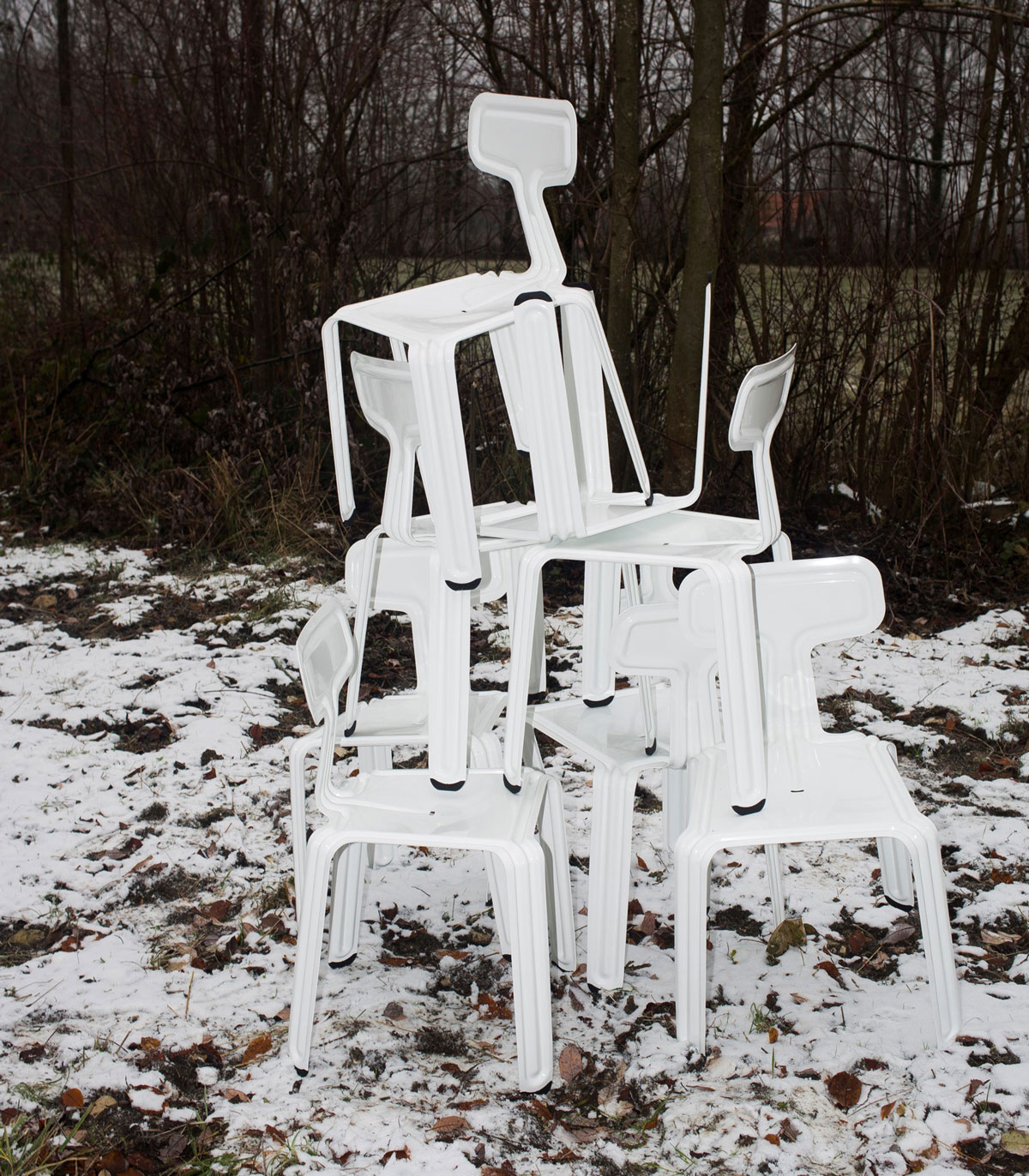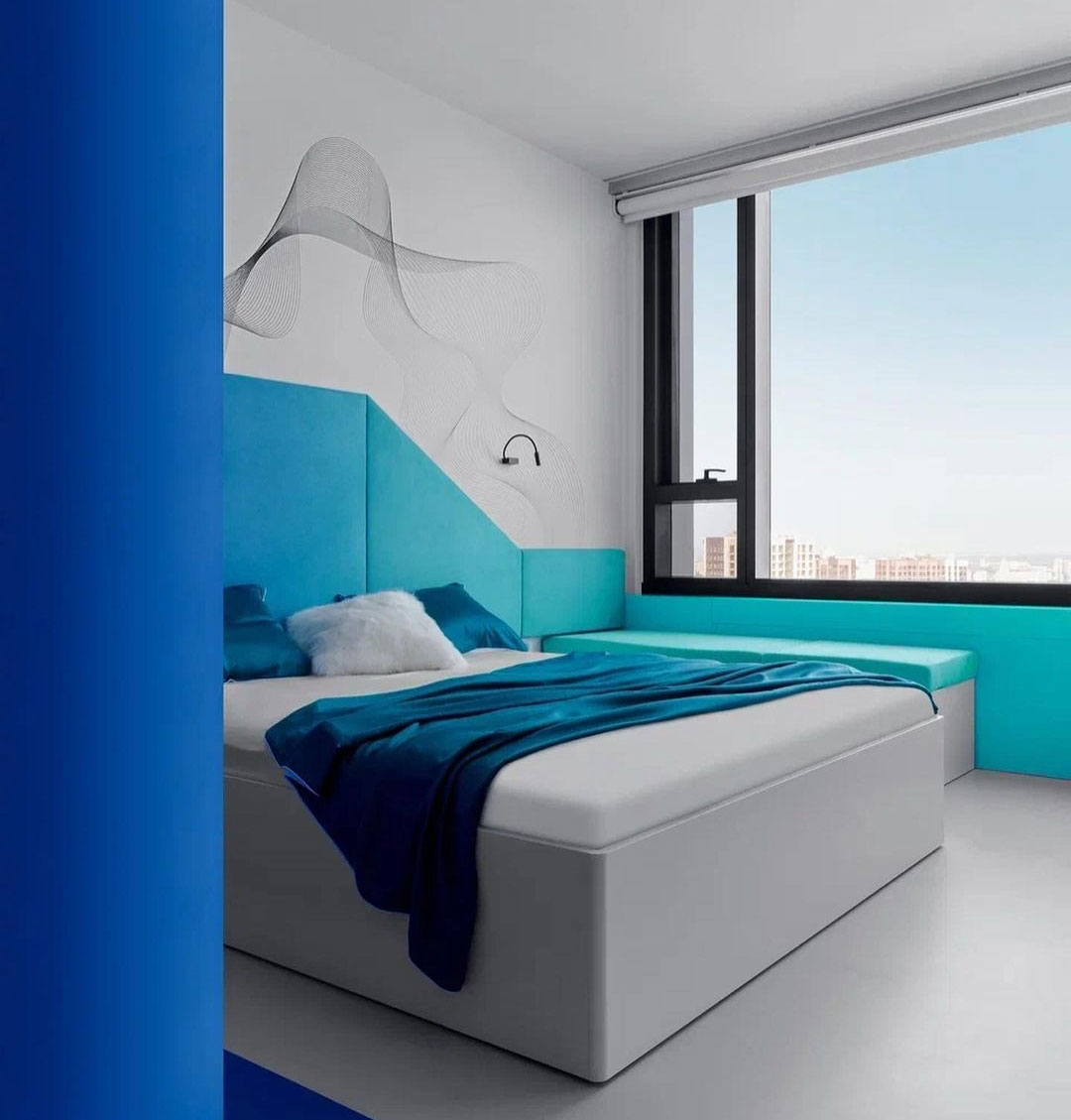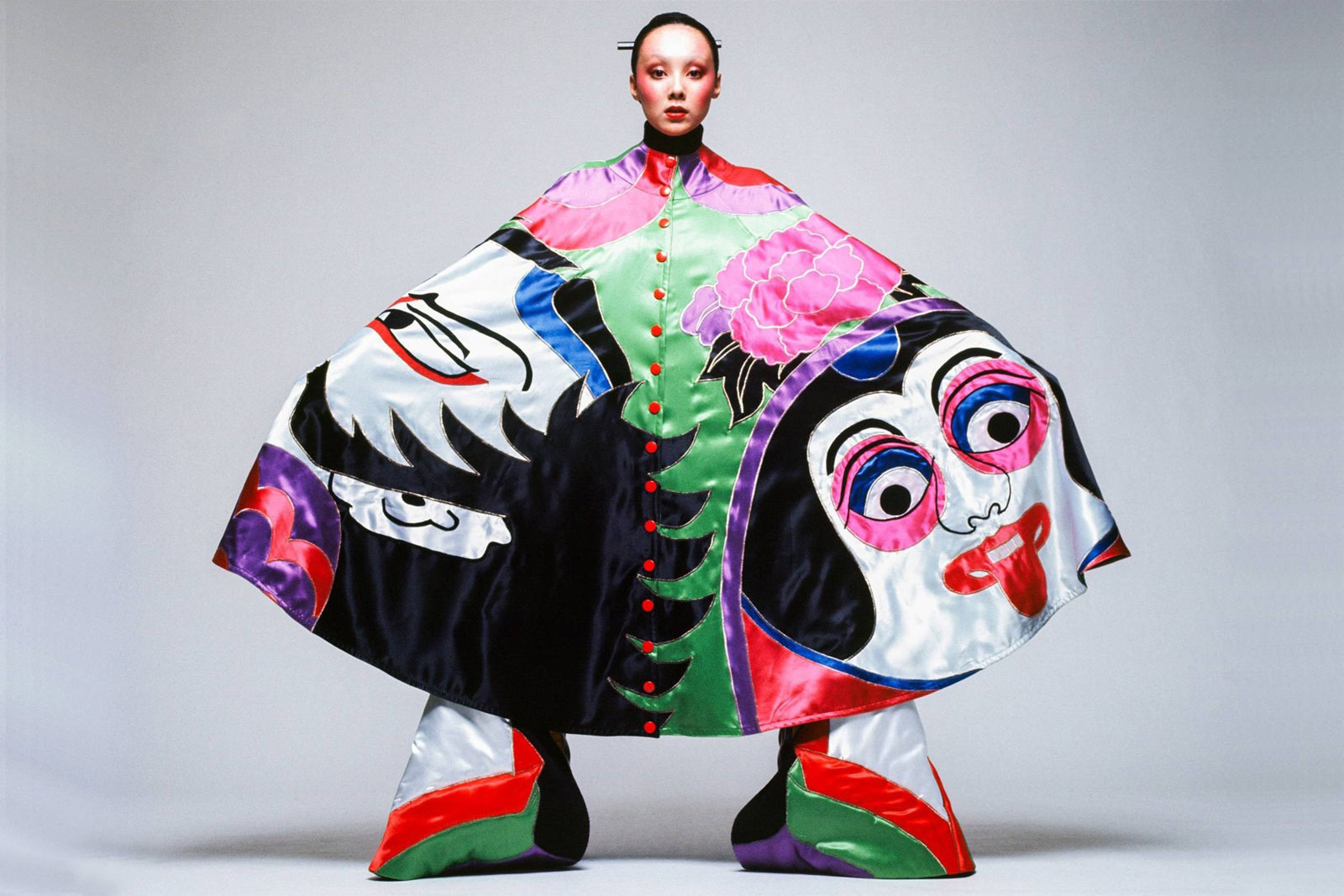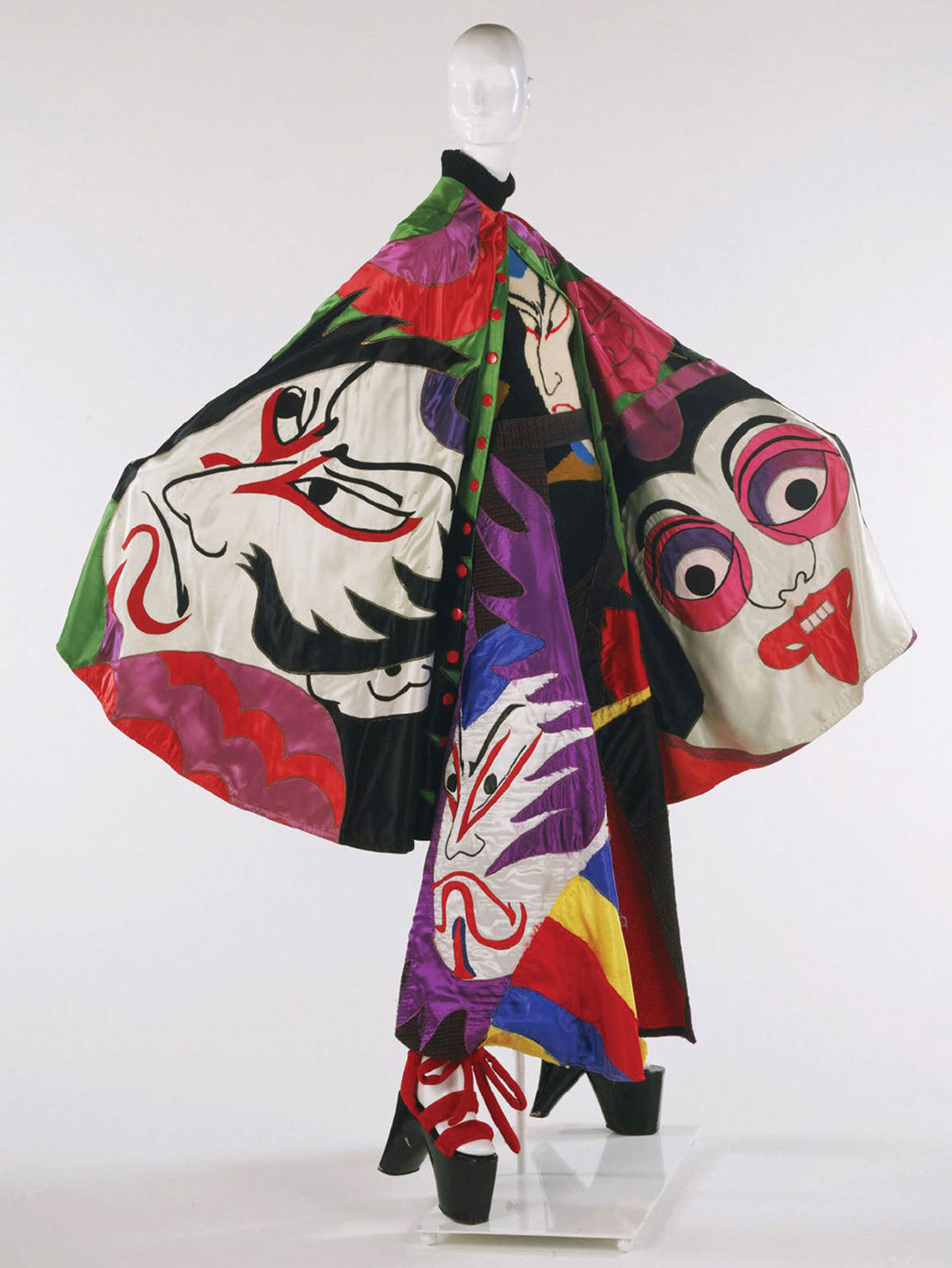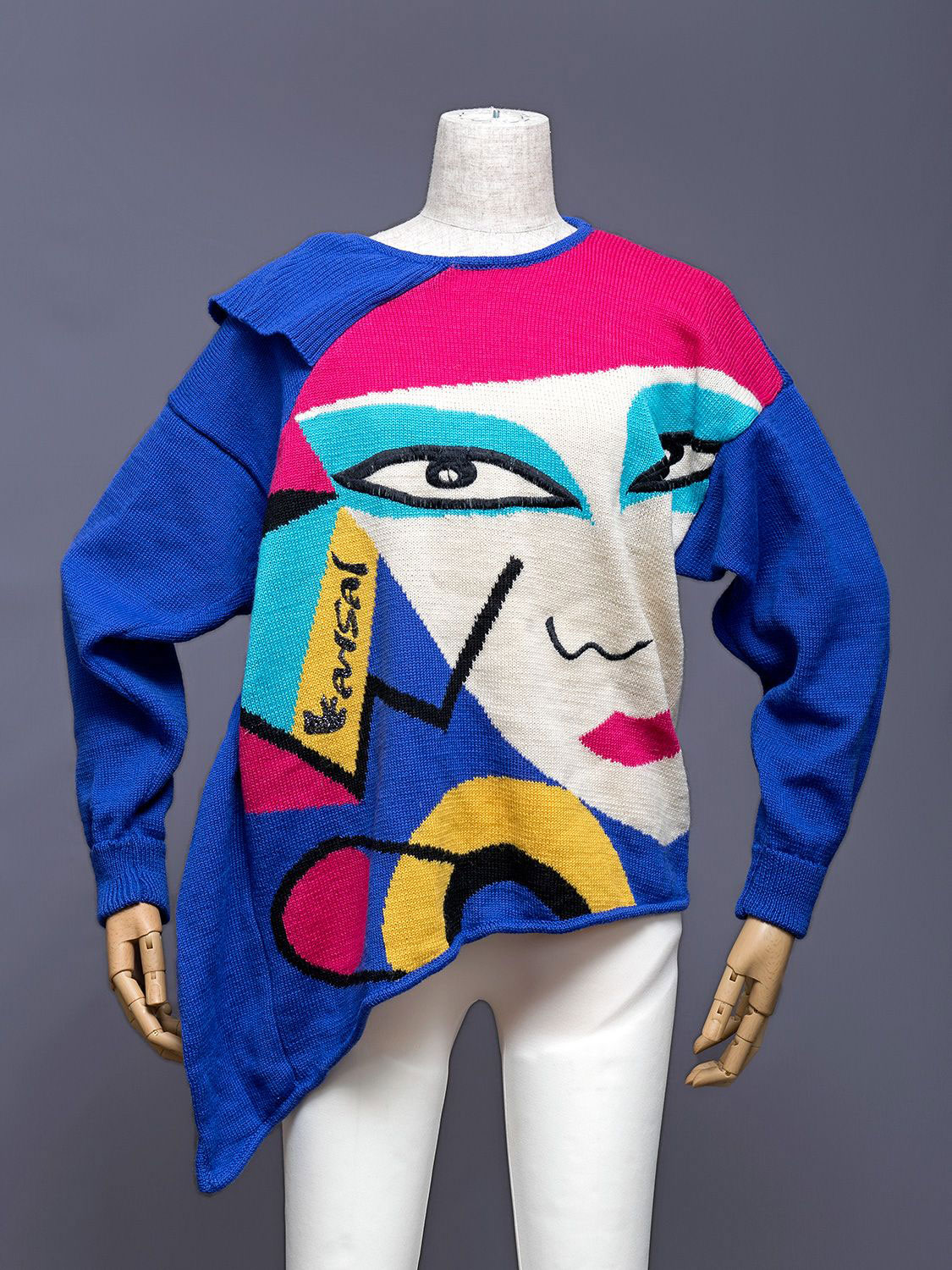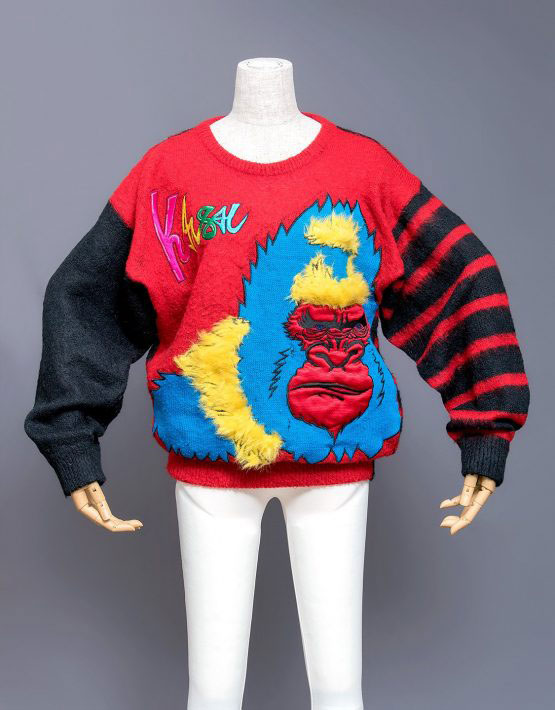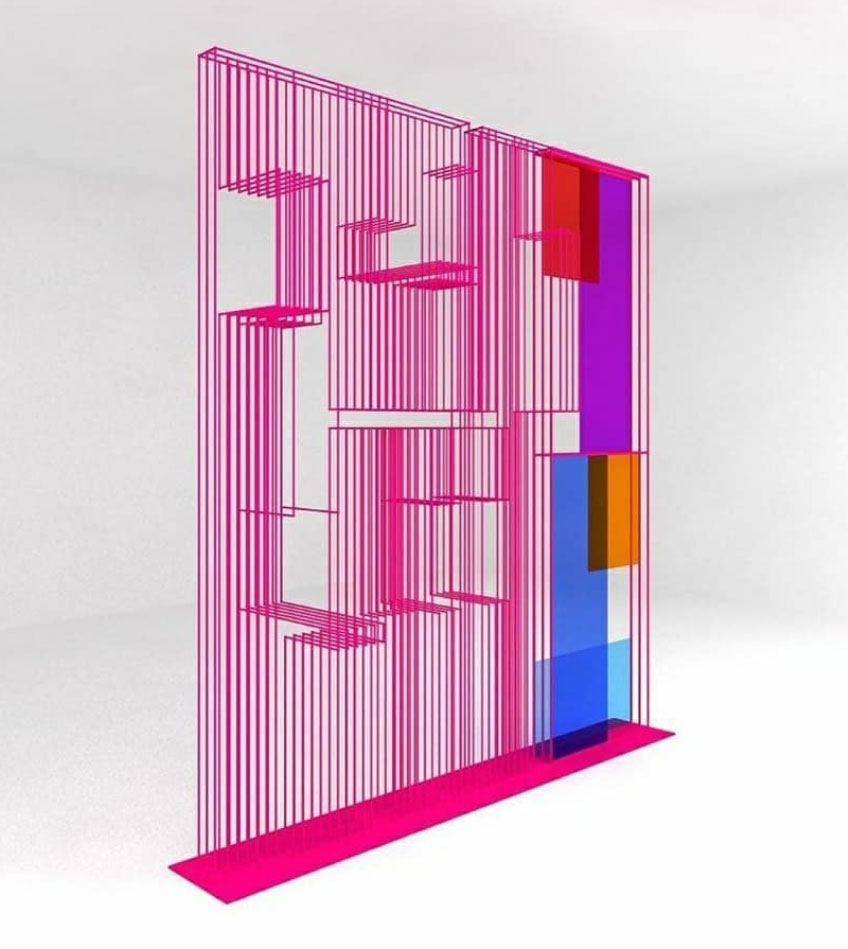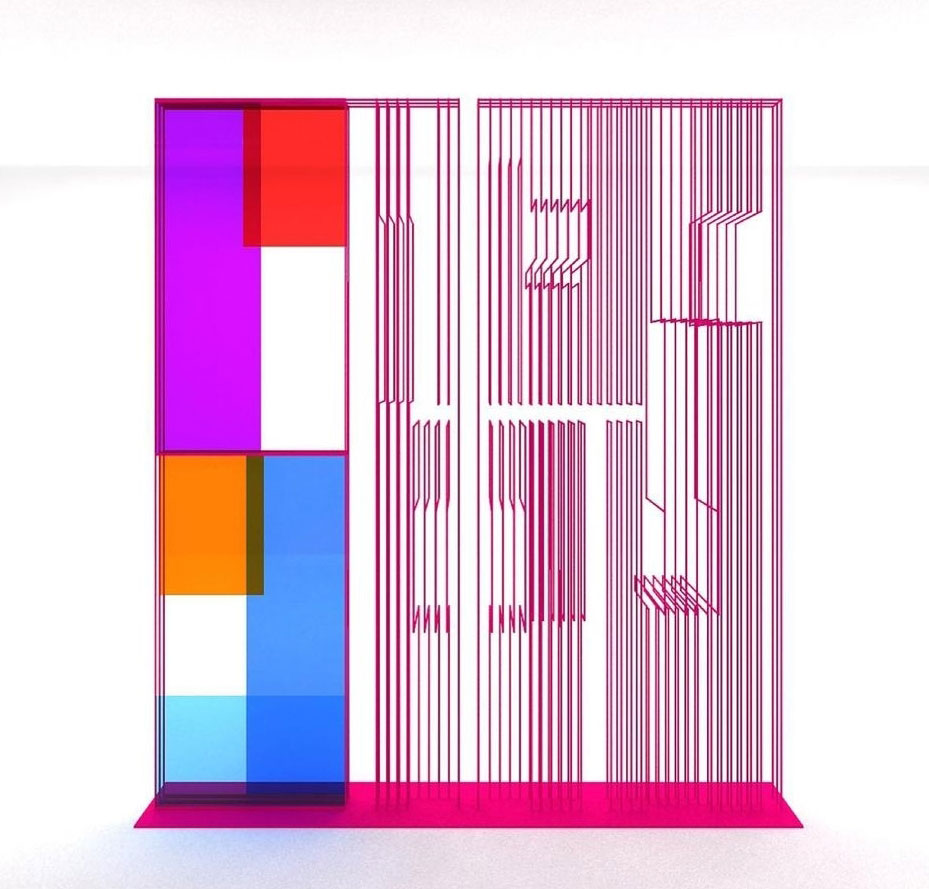TUFFO NELL’ARCOBALENO
SITE SPECIFIC | FELIPE PANTONE
La costa mediterranea della Spagna si arricchisce di una nuova meraviglia. Alcuni mesi fa è stato affidato a Felipe Pantone l’incarico di disegnare il rivestimento di una piscina privata. Per la villa, candida e ultramoderno, l’artista ispanico concepisce un elemento molto contrastante e magico.
Il fondo e i lati della vasca vengono rivestiti da piccole piastrelle seguendo un disegno insolito: un gradient centrico costituito da bianco e da colori elementari, che sfumano fra loro a mo’ di pixel. Sotto il sole di Jávea, tra Valencia e Alicante, questo disegno produce un effetto addirittura psichedelico.
Rispetto a un paesaggio naturale forte e coinvolgente, Pantone crea un’installazione dal carattere decisamente sintetico, suggestionato dalla grafica digitale e optical, che a tutti gli effetti è il perno della sua ricerca artistica.
Dive into the rainbow – The Mediterranean coast of Spain is enriched by a new marvel. Felipe Pantone was entrusted with the task of designing the cladding of a private swimming pool a few months ago. For the villa, candid and ultra-modern, the Hispanic artist conceives a very contrasting and magical element.
The bottom and sides of the tub are covered with small tiles following an unusual design: a central gradient made up of white and elementary colours, which blend together like pixels. Under the sun of Jávea, between Valencia and Alicante, this drawing produces an even psychedelic effect.
Compared to a strong and engaging natural landscape, Pantone creates an installation with a decidedly synthetic character, influenced by digital and optical graphics, which to all intents and purposes is the pivot of his artistic research.













